We usually add the rare earth element in magnesium alloys by rare earth magnesium master alloy, such as magnesium yttrium alloy, magnesium gadolinium alloy, magnesium zirconium alloy,magnesium neodymium alloy, magnesium erbium alloy and other master alloy.Then why we need to use the rare earth element in magnesium alloys?
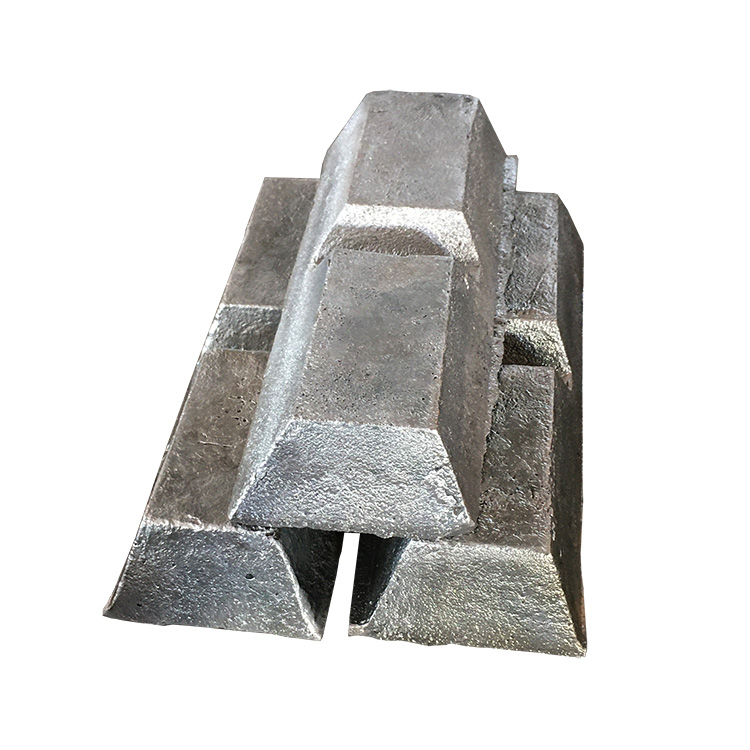
1) Melt Purification Effect
Rare earth elements have the functions of removing hydrogen, oxygen, sulfur, iron and inclusions in the magnesium alloy melt, so as to achieve the effect of degassing refining and purifying the melt.
2) Improve The Melt Protection in the Magnesium Alloy Casting Process.
Magnesium alloys are very easy to oxidize and burn during the smelting process. At present, magnesium alloys in industrial production are generally smelted by flux coverage or gas shielding, but there are many shortcomings. Increasing the light-off temperature of the magnesium alloy melt itself is expected to realize the direct smelting of magnesium alloys in the atmosphere, which is of great significance for the further promotion and application of magnesium alloys. Rare earth elements are surface active elements of magnesium alloy melt, and oxides such as magnesium and alloying element aluminum can form a dense composite oxide film on the surface of the melt, effectively preventing the contact between the melt and the atmosphere, and greatly improving the melting point of magnesium alloys. ignition temperature of the body. Improve the fluidity of alloy liquid. Rare earth elements are surface active elements of magnesium, which can reduce the surface tension of alloy liquid; rare earth elements and magnesium can form a simple eutectic system; Re-Mg alloy crystallization temperature interval is small. Therefore, adding rare earth elements to magnesium alloys can increase the fluidity of the alloys, reduce shrinkage porosity and hot cracking tendency, and improve the filling performance, thereby improving the yield of thin-walled products.
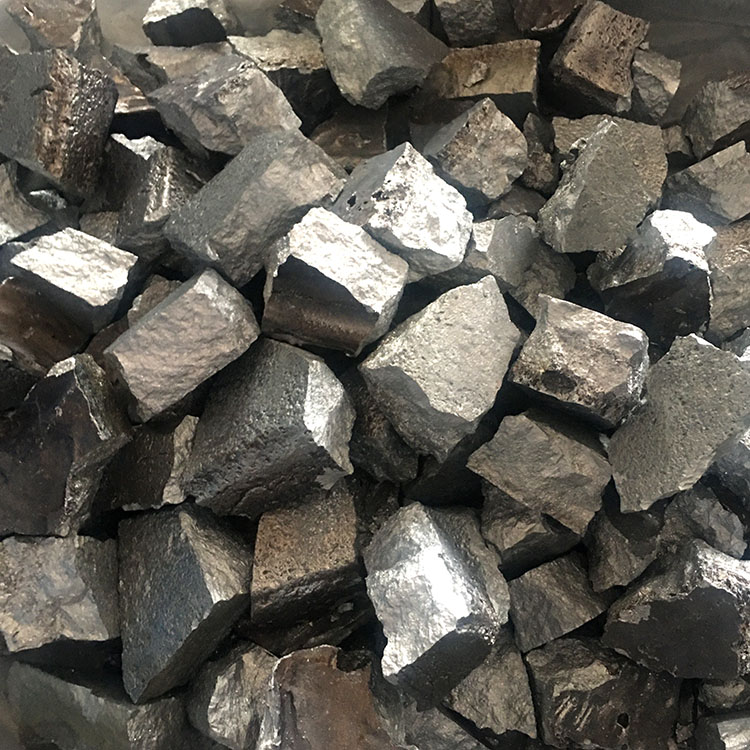
3) Refinement of Metamorphism
After rare earth elements are added to the alloy melt, because their equilibrium partition coefficient is less than 1, the rare earth elements are easily enriched at the front of the solid-liquid interface during the solidification process, which increases the compositional undercooling of the dendrite front and promotes a-Mg dendrites. The crystals produce more branches and reduce the interdendritic spacing. These dendrites divide the remaining liquid phase into many small, closed, independent islands, slowing the diffusion rate of solute atoms. On the other hand, component supercooling is the main driving force for nucleation. Subcooling of components will further excite potential nucleation centers in the melt and increase the nucleation number. When the solute atoms are enriched to a certain extent, the second phase will be formed. These second phases are distributed on grain boundaries and dendrite boundaries, and their existence can slow down the diffusion of atoms and hinder the growth of grains, thereby reducing the growth rate of grains and refining the alloy structure. Second, rare earth elements can hinder recrystallization and grain growth during hot working and annealing.
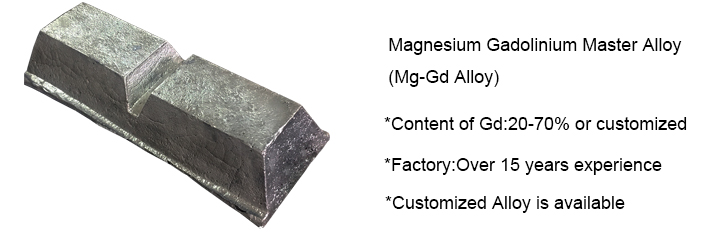
4) Solid Solution Strengthening
Most rare earth elements have high solid solubility in magnesium. The rare earth atoms dissolve into the magnesium matrix, and the trivalent rare earth ions replace the divalent magnesium ions, which enhances the electron cloud density and enhances the bonding force between atoms. The difference in atomic radius and elastic modulus causes lattice distortion in the magnesium matrix, and the resulting stress will hinder the dislocation movement; in addition, the diffusion coefficient of rare earth atoms in magnesium is very small. The effect of solid solution strengthening of rare earth elements is mainly to slow down the diffusion rate of atoms and hinder the movement of dislocations, thereby strengthening the matrix and improving the strength and high temperature creep properties of the alloy.
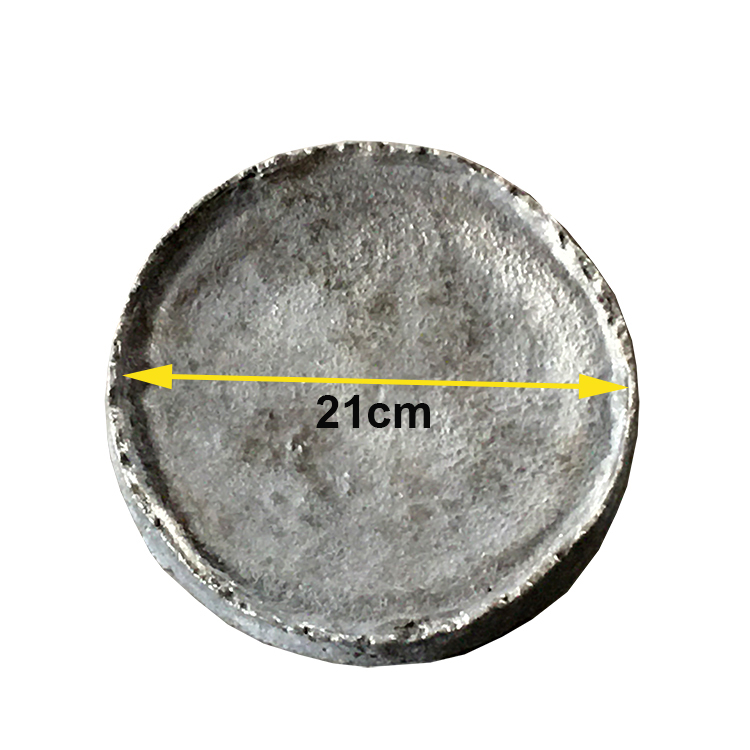
5) Diffusion Strengthening Effect
Rare earth elements and magnesium or other alloying elements form stable intermetallic compounds during the solidification of the alloy. These rare earth-containing intermetallic compounds generally have the characteristics of high melting point and high thermal stability, and are dispersed in the grain boundaries and within the grains in the form of fine compound particles. At high temperatures, they can pin the grain boundaries, inhibit the grain boundary slip, and hinder the movement of dislocations at the same time. , strengthen the alloy matrix.
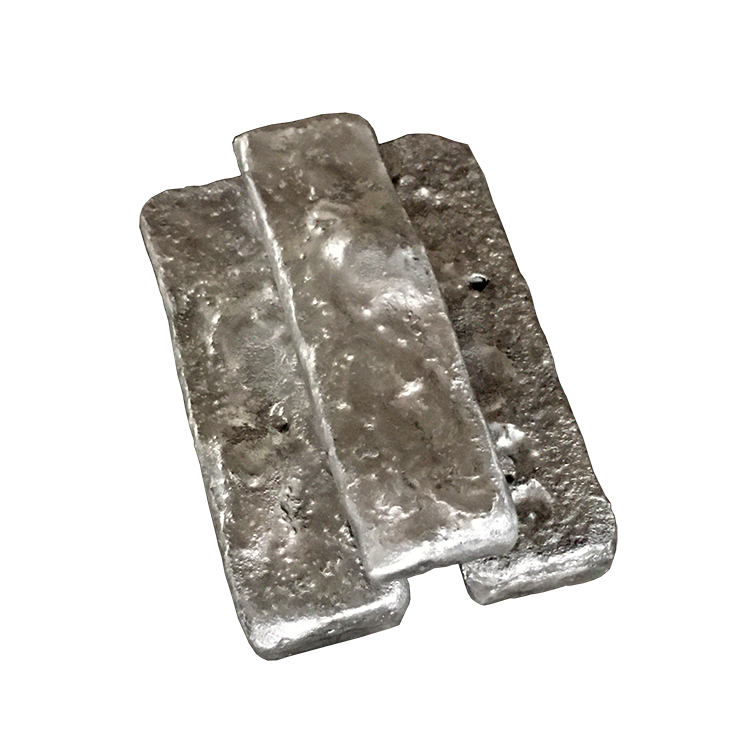
6) Aging precipitation strengthening effect
Most rare earth elements have high solid solubility in magnesium, and the solid solubility decreases with the decrease of temperature. When the single-phase solid solution at high temperature is rapidly cooled, an unstable supersaturated solid solution is formed. This process and the solid solution can form a fine and dispersed precipitation phase after a long time of aging at a certain temperature. Higher melting point and thermal stability, as well as small size and good interfacial relationship with the magnesium matrix, the interaction between the precipitates and dislocations can improve the strength and high temperature creep resistance of the alloy. When two or more rare earth elements are added to the magnesium alloy, the interaction between the rare earth elements can reduce the solid solubility of each other in magnesium and affect the precipitation kinetics of the supersaturated solid solution, resulting in additional strengthening. effect.
If need any magnesium master alloy, or aluminium master alloy,and copper master alloy, please contact us for more details.Thanks.
Contact: Adam Xiao
Phone: 0086-797-4600859
E-mail: sales@gzftalloy.com
Add: No. 2, Gaoxin Avenue, Ganzhou High-tech Industrial Development Zone, Ganxian District,Ganzhou City,China